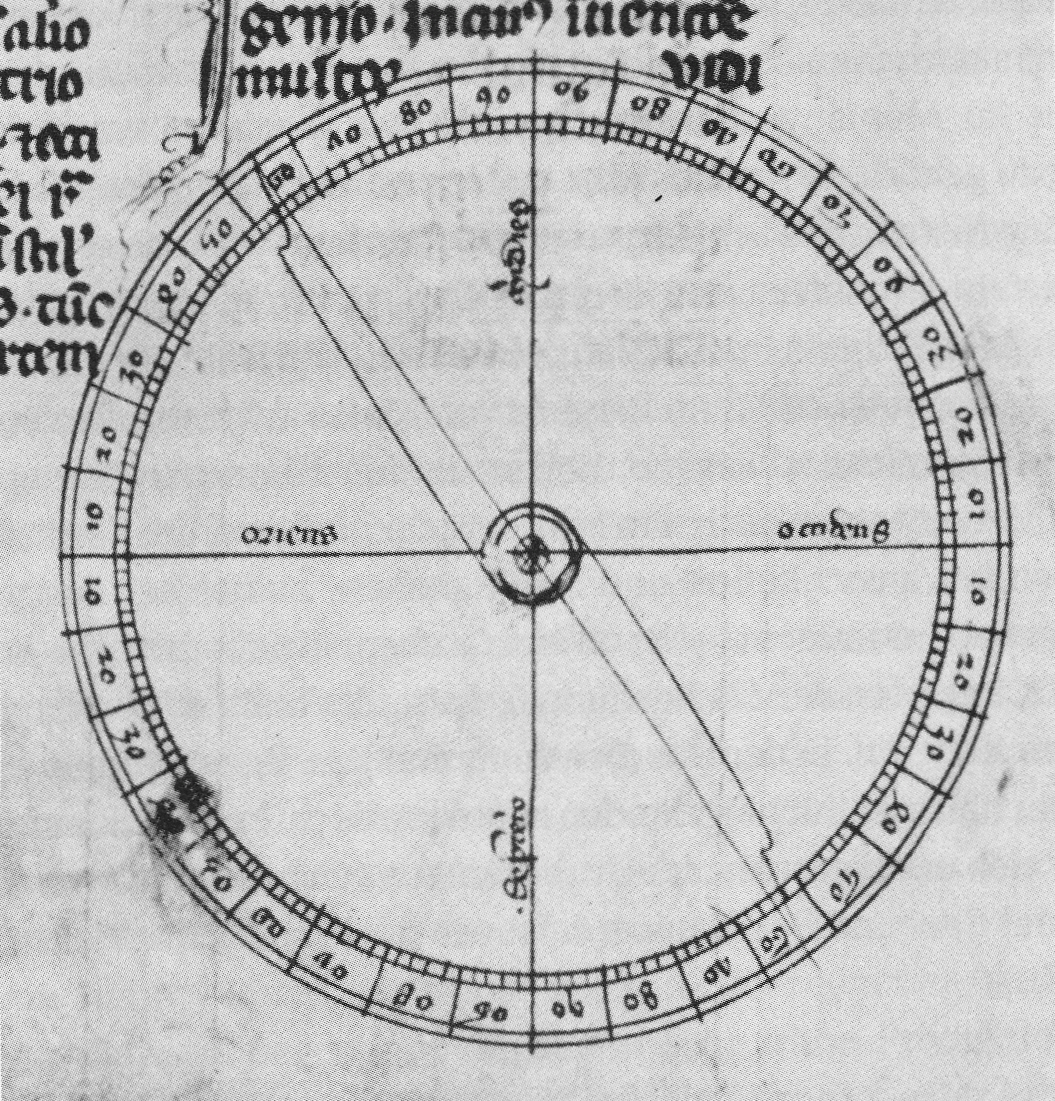05 Travel and Trade
Europeans and knowledge of wider world: 1300; 1500; 1600
Knowledge, degree of contact not evenly distributed evenly across population
Who traveled, who did not, and why?
Focus today: 1300-1500
Non-travelers:
- none: Modern-style mass tourists
- Peasants and the urban poor (though potential for displacement due to war, plague, famine)
Travelers:
- traders, international businesspeople and their crews
- Destinations: mainly other trade centers
- Residence: private or fondaco
Venice, Fondaco dei Tedeschi (currrent building 1506; first constructed 1228)
Venice, Fondaco dei Turchi (c1200s constructed as palazzo; Ottoman fondaco early 17th c)
- Diplomats: may be nobles or commoners
- Nobles
- Travel among estates less frequent than earlier; chateau building
- Diplomatic visits
- Crusades: in decline by 15th c but still conceptually important (see below)
Other Travelers:
- academics
- Mercenaries and other soldiers
- Fishermen: they travel but within standard regions
- Pilgrims
Within Europe ex: Via Francigena
Later Middle Ages:

Pilgrimage routs ca 1150

Crusades
- 1095 First Crusade
- 1291 Fall of Acre
- Albigensian Crusade
- Reconquista (ends 1492)
- Normans in Sicily
- Teutonic Knights: first phase 1229-1290s; continues against Lithuania until 1410
Rome, Compostela, Jerusalem

“Saint James as a Pilgrim with a Purse and a Staff” (Paris, 1440), courtesy of Getty Images
And innumerable others
mapping and surveying
Ptolemy (ca 100-170)
Geography Translation into Latin ca 1406
Navigation
Astrolabe from 11th c
Compass from ca 1200

14th-century copy of Epistola de magnete of Peter Peregrinus. MS. Ashmole 1522, fol. 186r, Bodleian Library.
Travel writing
